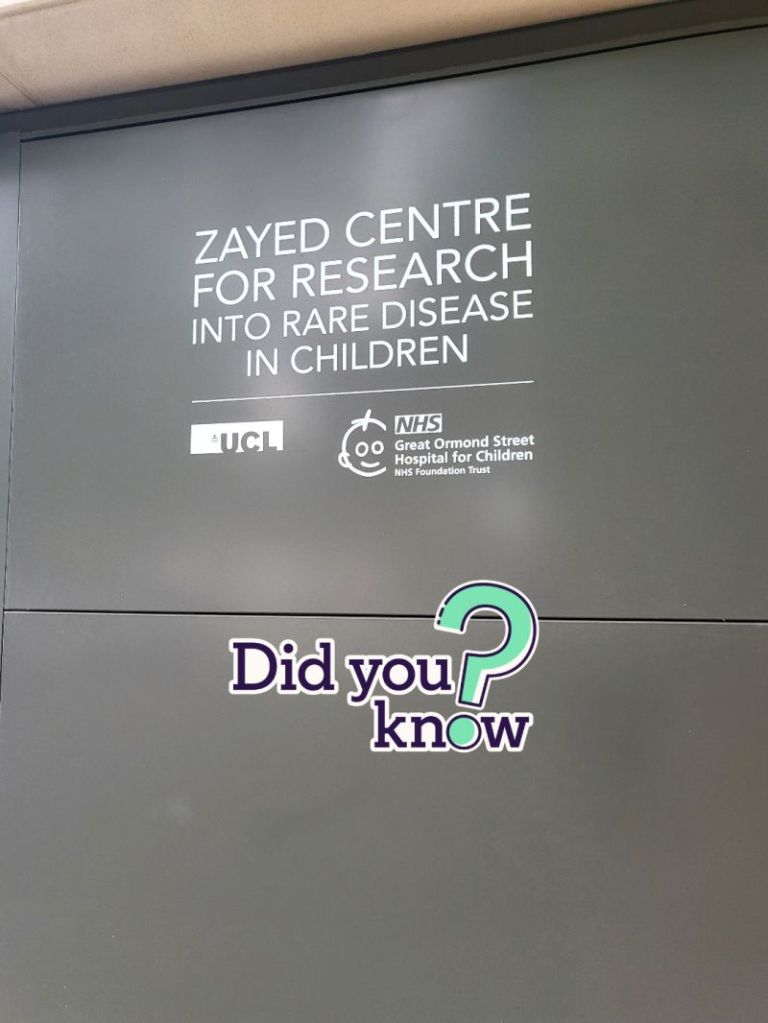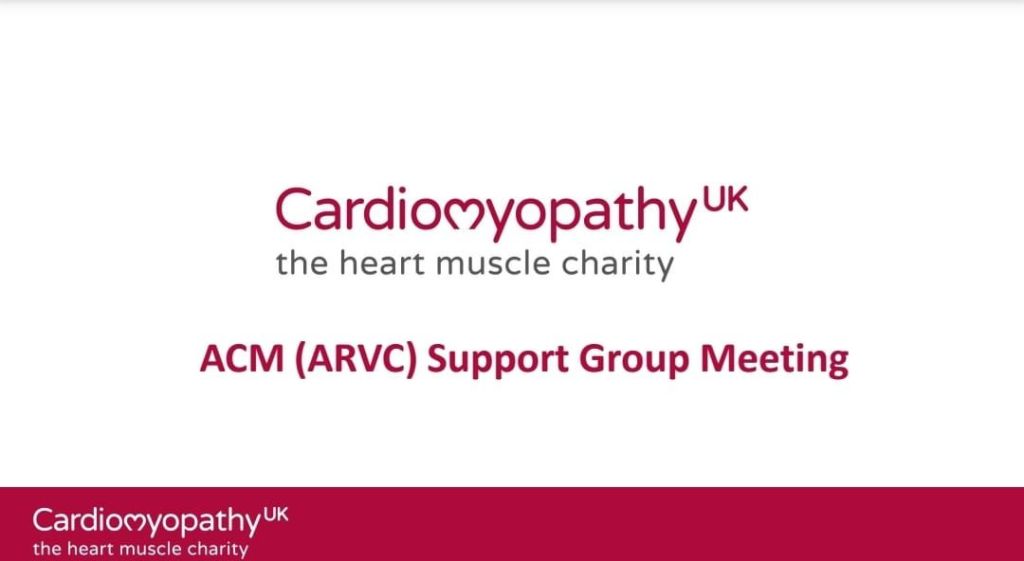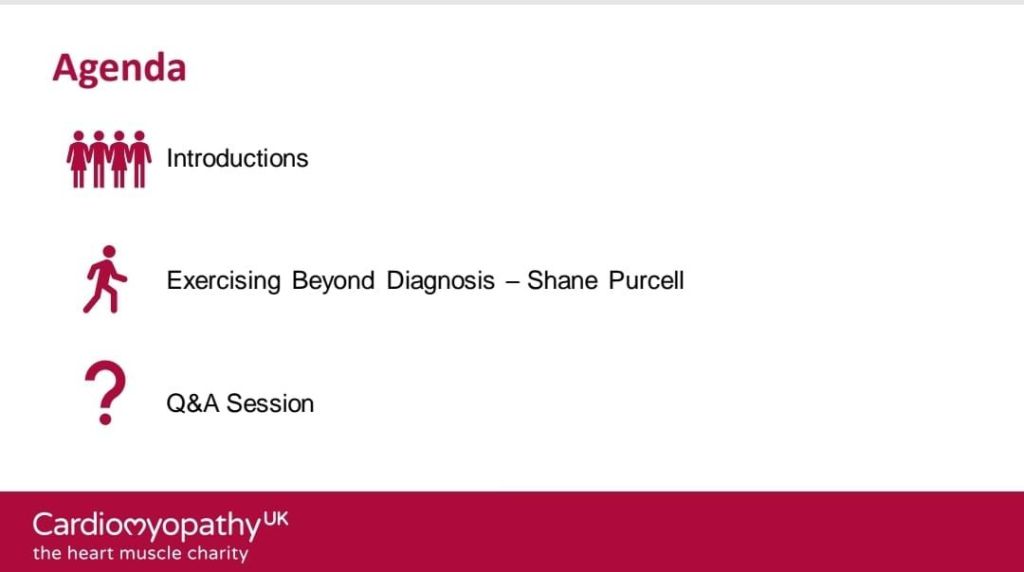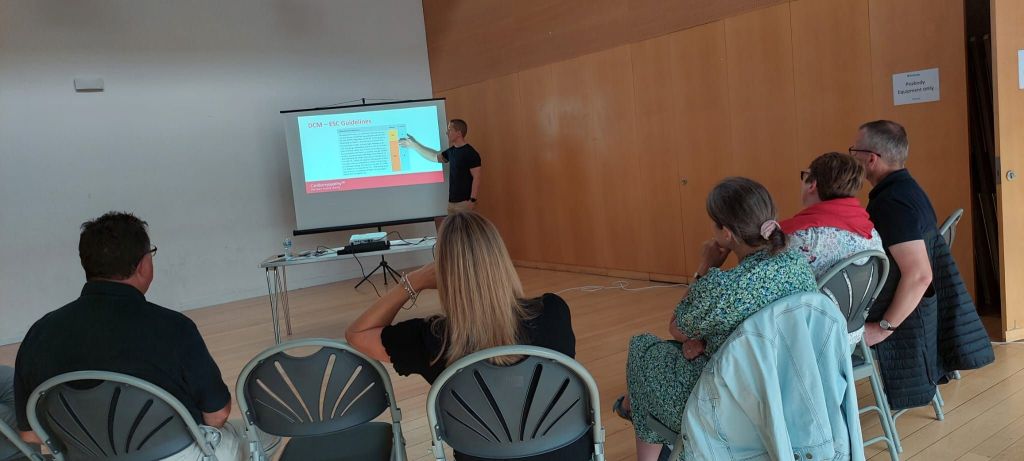Carbohydrates and weight loss can be confusing especially when you are told they are both good and bad for you. The important thing to understand are the different types so you can make an informed decision. They provide the fuel to keep your body going especially during high intensity or long duration exercise. Our aim is to eat mainly unrefined complex and fibrous carbs while limiting simple carbs and refined carbs.
The 3 main sources of carbs are:
The simplest form of carbohydrates is glucose (sugar). Simple sugars that are found in foods include sucrose (table sugar), fructose (found in fruit) and lactose (found in milk). Not all simple carbs are bad as the ones found in milk and fruit are perfectly healthy. So if weight loss is your goal stay away from sugary foods, drinks and sweets.
These are also made up of sugars but they are strung together to form longer more complex chains. Unrefined carbs include whole grains, peas, beans which are all rich in vitamins minerals and fiber. These keep you fuller for longer and are great for weight loss.
Unfortunately the mistake people make here especially when looking for weight loss is they choose refined carbs (white rice, white bread, white pasta etc.). This is where the high fiber parts have been removed thus losing all the properties that make it a healthy choice. As a result they cause sudden energy bursts that result in you feeling fuller for a shorter period of time and wanting to eat again.
These are rich sources of vitamins, minerals, nutrients and are full of fiber (tend to be green leafy vegetables). As a result the food passes straight through the gut and is not absorbed so they become great colon cleansers which keep the digestive process running clean and healthy. So with regards to weight loss they are very low in calories.
Below is a sample of each of the groups to eat:
| Fibrous Carbohydrates |
Complex Carbohydrates |
Simple Carbohydrates |
| Asparagus |
Oatmeal |
Fruit |
| Aubergine (Eggplant) |
Legumes |
Dairy products |
| Brussels sprouts |
Potatoes, Yams, Sweet Potato |
|
| Green Beans |
Brown rice |
|
| Broccoli |
Whole wheat pasta |
|
| Brussels Sprouts |
Whole wheat/ Multi-grain bread |
|
| Mushrooms |
Sweet corn |
|
| Cabbage |
Whole grain cereals (e.g. muesli, shredded wheat) |
|
| Carrots |
Whole Barley |
|
| Cauliflower |
Buckwheat |
|
| Celery |
Rye |
|
| Cucumber |
Millet |
|
Thank you for reading.
In part 2 we will look at carb cycling.



